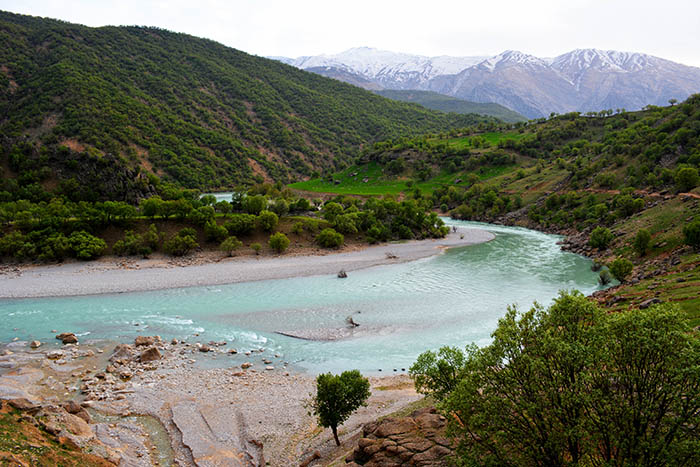The government’s latest plan to combat the water crisis aims to ration water based on each individual’s needs.
Devised by the National Water and Wastewater Engineering Company, the Energy Ministry, and the Ministry of Cooperatives, Labor and Social Welfare, the scheme seeks to assess people’s water needs to create individual consumption standards according to each person’s place of residence (metropolis, town or village) and their lifestyle.
How regional water authorities will bill consumers has not yet been decided, but two plans have been proposed.
The first plan proposes that instead of the government subsidizing water bills as is the case now, the subsidies should be paid directly to consumers based on their water needs. Based on this plan, consumers “will be billed the real, unsubsidized cost of their water use.”
The second plan suggests that the government only subsidize water bills up to the defined ceiling for each individual, after which point consumers will be billed the unsubsidized amount.
“Preparing the scheme for implementation, including determining each person’s water needs, will take at least three years,” said Hamidreza Janbaz, the director of the NWWEC, Tasnim News Agency reported.
The reason for the Cooperatives Ministry’s collaboration is that the most comprehensive information databases with regard to people’s livelihood and economic status are prepared by the ministry and the government needs the information to determine the water needs.
Due to declining precipitation in recent years, Iran’s surface water has decreased by an alarming 30%, exacerbating the country’s 17-year struggle with drought.
The average Iranian uses 250 liters of water per day, while in metropolises such as Tehran and Isfahan it can even go up to 350 liters per day, which means household water consumption is three times that of the global average.
In addition to natural factors such as climate change, human influence including gross mismanagement, unrestrained urbanization and population growth have led to water demand outstripping supply in Iran, which is located in one of the world’s most water stressed regions.


